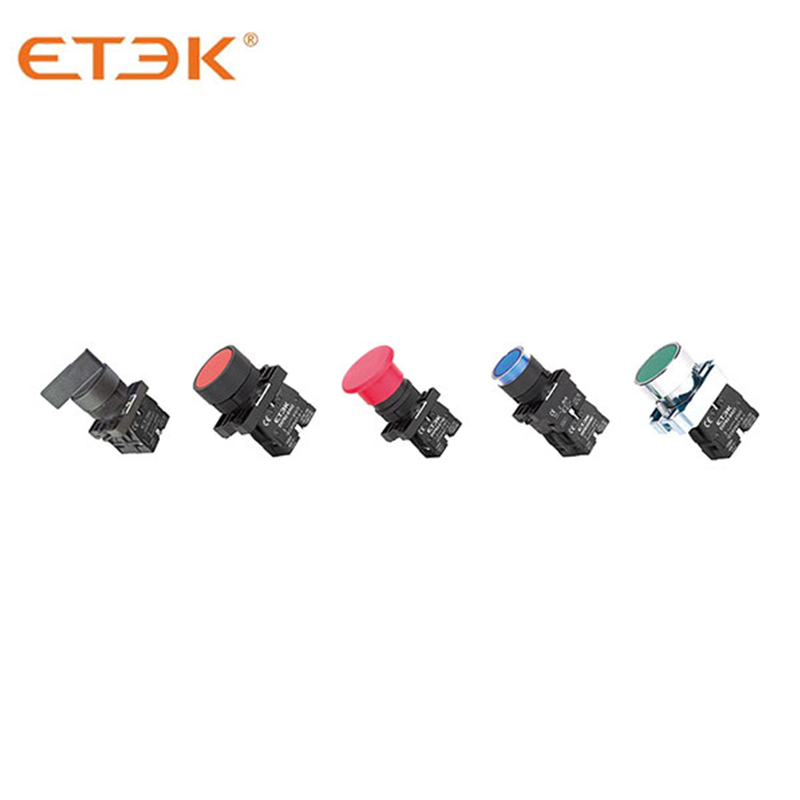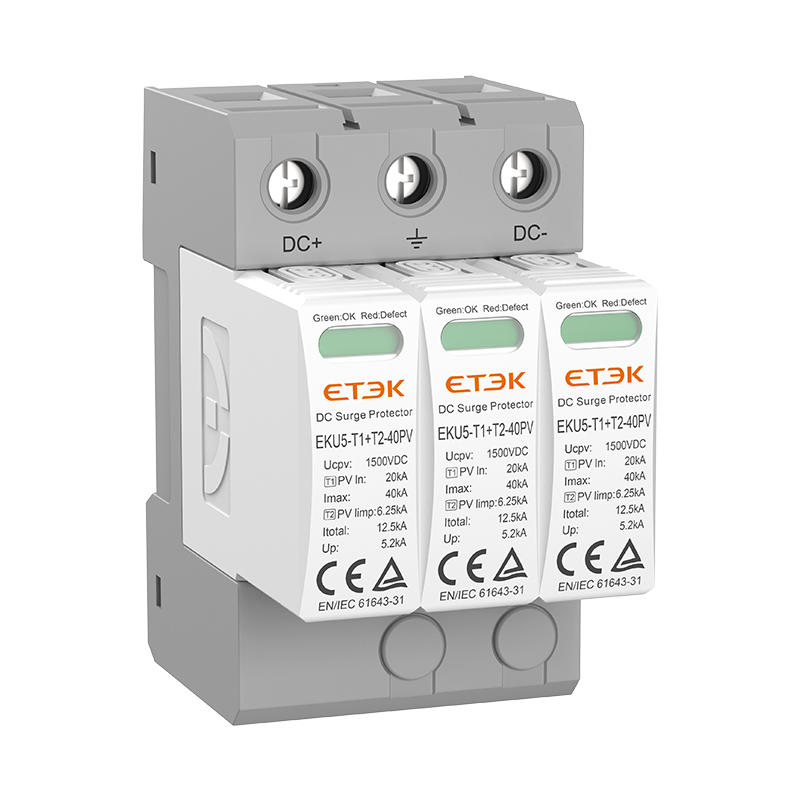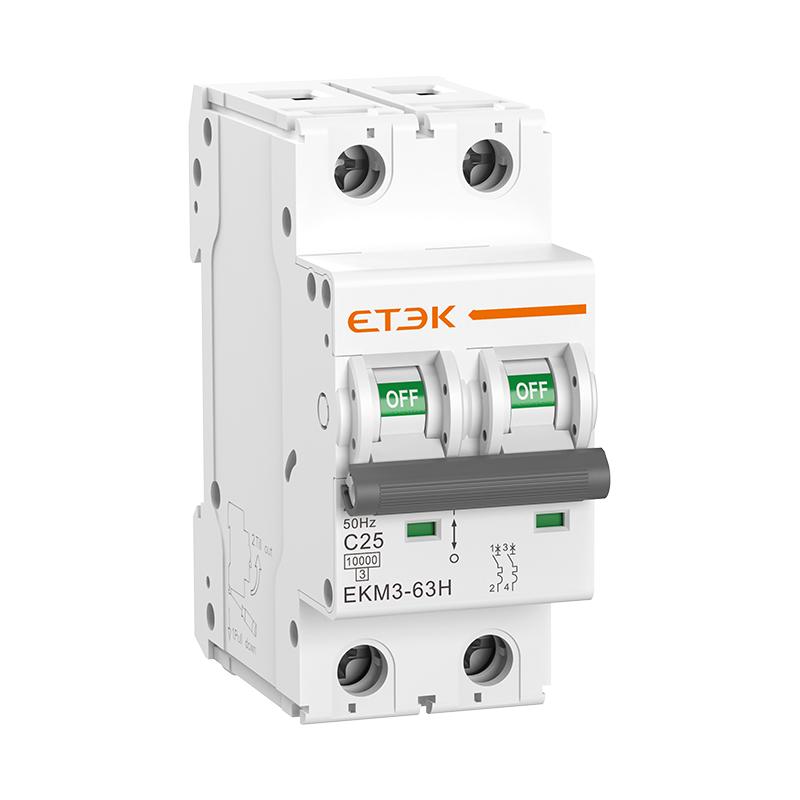RCBO vs RCD Difference and Selection Guide
In modern electrical safety systems, RCBO (residual current circuit breaker) and RCD (residual current device) are two common protection devices, both of which can effectively prevent electric shock accidents and electrical fires caused by leakage. However, although they have some similarities in function, there are still some key differences between RCBO and RCD. Understanding these differences is crucial to choosing the right protection device, especially in different application scenarios and electrical systems. This article will analyze in detail the differences between RCBO and RCD, their application scenarios, and how to choose the right device according to your needs.
What is the difference between RCBO and RCD (Residual Current Device)?
RCBO (Residual Current Circuit Breaker) and RCD (Residual Current Device) are both electrical protection devices used to detect leakage current in a circuit and prevent electrical fires or electric shock accidents. The main difference between the two lies in function and purpose.
* RCD is a device specifically used to detect leakage current in a circuit. Its function is to quickly cut off the power supply to prevent electric shock accidents when the current leaks through the human body or other unsafe paths. RCD focuses on leakage protection, but it cannot provide overload or short circuit protection.
* RCBO combines the functions of RCD and circuit breaker. In addition to the leakage protection function of RCD, RCBO can also provide overload and short circuit protection. In other words, RCBO can prevent electric shock and prevent the circuit from being damaged due to overload or short circuit, so it has more comprehensive protection functions.
What factors need to be considered when choosing RCBO?
When choosing a suitable RCBO, you need to consider the following factors:
* Rated current: The rated current of the RCBO should match the maximum load current of the circuit. Common rated currents are 6A, 10A, 16A, 20A, etc.
* Sensitivity (leakage operating current): Usually choose a sensitivity of 30mA or 100mA. 30mA is the standard sensitivity commonly used in home and office circuits, suitable for protecting people from electric shock, while 100mA is used to prevent fire and is suitable for larger loads or industrial equipment.
* Circuit breaker rated current: When selecting an RCBO, ensure that it is compatible with other circuit breakers or equipment in the circuit to avoid damage to the protection equipment in the event of current overload.
* Use environment: The selection of RCBO should also take into account the use environment (such as indoor or outdoor, wet or dry, etc.) to ensure that the protection level of the equipment meets the environmental requirements.
*Compliance with standards: Ensure that the selected RCBO meets relevant safety standards, such as IEC standards, national electrical standards, etc.
What is the rated current of the RCBO?
The rated current of the RCBO refers to the maximum current value that the equipment can safely withstand, which is usually indicated on the product specifications. Different RCBOs are suitable for different circuits, and the rated current usually ranges from 6A to 63A. For home or small commercial applications, common rated currents are 16A, 20A, 25A, etc. The appropriate rated current needs to be selected according to the size of the circuit load.
Can RCBO be used with a circuit breaker?
RCBO itself has the function of a circuit breaker, that is, it can provide both leakage protection and overload and short circuit protection. Therefore, under normal circumstances, RCBO does not need to be used with a traditional circuit breaker. However, in some specific cases, it may be chosen to use RCBO with a circuit breaker, especially when additional overload protection is required or other forms of overload protection devices are already in the circuit.
For example, RCBO may be used for leakage protection of critical circuits, while other circuits use conventional circuit breakers for overload protection. If RCBO itself cannot meet the need for overload protection, it can also be used in conjunction. But in most residential and commercial environments, RCBO can be used alone as a dual function of circuit breaker and leakage protection.
What is the sensitivity setting of RCBO?
The sensitivity of RCBO (i.e. leakage current) is the threshold at which the device responds to leakage current. Typically, the sensitivity of RCBO is set to 30mA, which is the standard choice for most residential circuits. This sensitivity ensures that when a person is electrocuted, the leakage current will be detected and the power will be cut off in time, thus preventing electric shock accidents.
In some specific applications, the sensitivity of RCBO can be set to 100mA or higher, which is suitable for circuits that need to prevent fire. For example, some industrial or commercial equipment may use a sensitivity setting of 100mA. Although it will not respond to slight leakage, it can effectively prevent the occurrence of electrical fires.
How to install RCBO? Is a professional required?
When installing RCBO, you must follow the installation instructions provided by the manufacturer and ensure that it complies with local electrical regulations. Generally speaking, RCBO should be installed by a professional electrician. The following are the basic steps for installation:
Disconnect the power supply: Before installing any electrical equipment, you should first disconnect the power supply to ensure safety.
Choose a suitable installation location: RCBO is usually installed in a distribution box, and a dry, ventilated, and easy-to-maintain location should be selected.
Wiring: RCBO needs to connect the incoming terminal (L) and the outgoing terminal (N), and connect the appropriate protective neutral wire and ground wire according to the needs of the circuit.
Inspection and testing: After installation, the RCBO needs to be tested to ensure that it functions properly. For example, you can check through the leakage test button to ensure that the leakage protection function works properly.
Restore power and test function: Finally, restore power and perform leakage test to confirm that the RCBO can protect the circuit and personnel safety under normal circumstances.
Although the installation process of RCBO is not complicated, it is strongly recommended to be installed by a licensed electrician due to electrical safety issues. Incorrect installation may cause electrical failures or safety hazards.
Summary
Both RCBO and RCD are important electrical safety devices used to protect people from electric shock caused by leakage and prevent electrical fires. RCD mainly provides leakage protection and is suitable for simple leakage detection, while RCBO integrates leakage protection, overload protection and short circuit protection to provide more comprehensive circuit safety protection. When choosing, you need to decide which device to use based on the load of the circuit, the type of protection required, and the environmental conditions. For home and most commercial applications, RCBO (residual current circuit breaker) is usually a more comprehensive and safe choice. No matter which device you choose, proper installation and regular inspection are the key to ensuring the safety of the electrical system.







.jpg)



